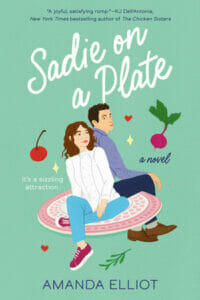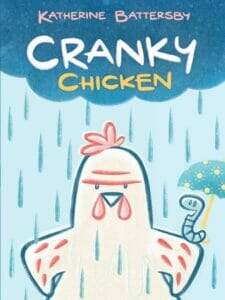Mysteries
By Rhonna Hargett, Associate Director of Learning and Information Services
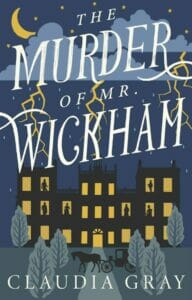 In my opinion, there is no better way to spend a fall afternoon than curled up in a comfy chair, with a cup of tea and a good mystery novel. Here are some of the new mysteries available at Manhattan Public Library.
In my opinion, there is no better way to spend a fall afternoon than curled up in a comfy chair, with a cup of tea and a good mystery novel. Here are some of the new mysteries available at Manhattan Public Library.
Alex Segura brings the gritty world of 1970s New York City to life in “Secret Identity.” Carmen Valdez has left the sunshine and warmth of Miami to conquer the comic book world in New York, but after years of working diligently as an administrative assistant at Triumph Comics, her dream of writing continues to seem out of reach. When her work smoke buddy, Harvey, offers her the chance to write something up with him, she jumps at the opportunity, even if it means she won’t get any credit for it. Their work is well received, but soon after publication, Harvey is murdered. Carmen wonders what Harvey was hiding, and if his attackers will be coming after her next. “Secret Identity” is a gripping mystery, as well as a fascinating story of the challenges women faced in the 1970s.
As a fan of cozy mysteries as well as the works of Jane Austen, you can imagine my delight when I came across “The Murder of Mr. Wickham” by Claudia Gray. Gray’s novel begins in Donwell Abbey where Mr. and Mrs. Knightley are discussing an upcoming house party, to which characters from all of Jane Austen’s novels are invited. Everyone comes together and is ready for a lovely gathering when uninvited guest Mr. Wickham shows up and casts a pall over all, and it only takes a few days of his awfulness before he is found murdered in the gallery. Almost everyone at the party has a motive to do away with him, but no one wants to believe it of anyone present. The Tilneys’ daughter, Juliet, and the Darcy’s son, Johnathan, pair up to solve the mystery, and learn more than they could have possibly anticipated. Gray manages to give us a satisfying mystery, along with a fascinating glimpse into the continuation of the lives of beloved characters. Although it was disconcerting to speculate which of them was guilty of murder, the complex personalities and intriguing plot keep the reader captivated to the gratifying end.
Lan Samantha Chang’s novel, “The Family Chao” is a story of intrigue and family drama. Leo Chao, the owner of the Fine Chao restaurant in rural Haven, Wisconsin, is known for his business acumen and his obnoxious personality. His wife has moved out, and his relationship with his three sons ranges from quietly resentful to completely estranged. When Leo is found locked in the walk-in freezer (which was not up-to-code) on Christmas morning, no one is surprised. His eldest son, Dagou, who works at the restaurant and is facing money troubles, has publicly, on several occasions, talked about his hatred for him, and wished him dead, but Dagou’s brothers aren’t convinced that the case can be solved so easily. “The Family Chao” is loaded with complex and fascinating characters. The Chao family is at the center of a small community of Chinese immigrants in a town that has at times been cruel to these newcomers. The sons have especially suffered discrimination and bullying, and each of them has responded in their own way: Dagou has his sexual exploits, Ming has built a cushion of money to protect himself, and James stays quiet and tries to avoid being noticed. Chang has created a riveting mystery, filled with complicated family relationships and a thread of grim humor.
For more intriguing reads, check out our Mystery newsletter at www.MHKlibrary.org.


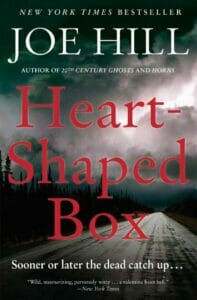 With fall rapidly approaching and Halloween around the corner, now is a good time to discuss my preferred genre, horror. Since there are so many books to choose from, I would like to share some of my favorite authors who have mastered this category, and have more than one good book to offer.
With fall rapidly approaching and Halloween around the corner, now is a good time to discuss my preferred genre, horror. Since there are so many books to choose from, I would like to share some of my favorite authors who have mastered this category, and have more than one good book to offer.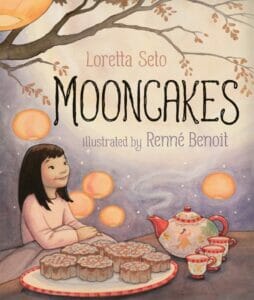 Picture this: leaves, just beginning to change color, glimmering gold, silver, and bronze under the light of the full moon. Countless paper lanterns in every color, many in the shape of rabbits, illuminating walkways and windows. The sounds of music playing and people laughing drifting from dining rooms and backyards. The smell of fresh mooncakes mixing with the scent of noodles and roasted duck. In countless homes across China and many East Asian countries, these snapshots showcase just a few ways the Mid-Autumn Festival is celebrated. This year, it’s on September 10.
Picture this: leaves, just beginning to change color, glimmering gold, silver, and bronze under the light of the full moon. Countless paper lanterns in every color, many in the shape of rabbits, illuminating walkways and windows. The sounds of music playing and people laughing drifting from dining rooms and backyards. The smell of fresh mooncakes mixing with the scent of noodles and roasted duck. In countless homes across China and many East Asian countries, these snapshots showcase just a few ways the Mid-Autumn Festival is celebrated. This year, it’s on September 10.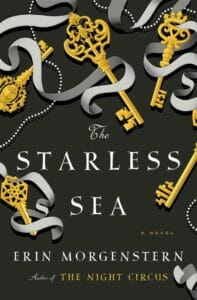 Ever since I was young, the start of school has meant that it is time for Fall to begin. However, since we’re still dealing with 90-degree days that refuse to let me wear comfy sweaters and drink hot cider, I have to get my autumnal fix from books. Over the last year or so I’ve found an interesting niche of books that have been labeled under the sub-genre “dark academia.” Dark academia originally began as an aesthetic, with photo collages, music, and fashion choices donning the label. Think, college library with stone and gargoyles on a rainy day, and sometimes murder or psychological horror mixed in. It is worth noting that while I adore this genre, it is not for everyone. I highly suggest checking trigger warnings before reading any dark academia or horror books to be sure you’ll enjoy the title.
Ever since I was young, the start of school has meant that it is time for Fall to begin. However, since we’re still dealing with 90-degree days that refuse to let me wear comfy sweaters and drink hot cider, I have to get my autumnal fix from books. Over the last year or so I’ve found an interesting niche of books that have been labeled under the sub-genre “dark academia.” Dark academia originally began as an aesthetic, with photo collages, music, and fashion choices donning the label. Think, college library with stone and gargoyles on a rainy day, and sometimes murder or psychological horror mixed in. It is worth noting that while I adore this genre, it is not for everyone. I highly suggest checking trigger warnings before reading any dark academia or horror books to be sure you’ll enjoy the title.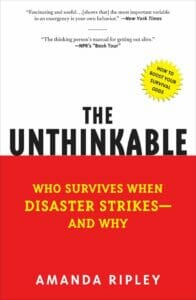 With classes started, swarms of people walking through campus, and Aggieville being in full swing, we get to welcome back K-State students. As the class of 2026 joins the Manhattan community, they also join their fellow classmates in reading this year’s K-State First Book, “
With classes started, swarms of people walking through campus, and Aggieville being in full swing, we get to welcome back K-State students. As the class of 2026 joins the Manhattan community, they also join their fellow classmates in reading this year’s K-State First Book, “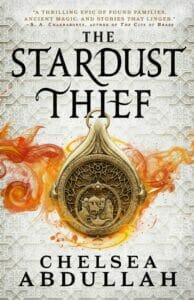 In the past decade, there has been a rising genre catering to those whose high school years are behind them. The “new adult” genre aims to encompass the humor, emotional development, and realization of autonomy many 18-to-20-somethings discover. More importantly, the genre exists as a more grown-up young adult novel, and also reflects darker, spicier, and more introspective narratives. Discussed below are some examples for those who love the vibe of young adult content, but are hoping for an older lens.
In the past decade, there has been a rising genre catering to those whose high school years are behind them. The “new adult” genre aims to encompass the humor, emotional development, and realization of autonomy many 18-to-20-somethings discover. More importantly, the genre exists as a more grown-up young adult novel, and also reflects darker, spicier, and more introspective narratives. Discussed below are some examples for those who love the vibe of young adult content, but are hoping for an older lens.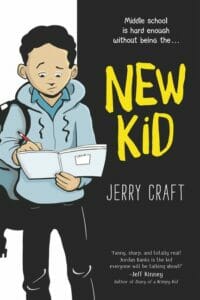 If you don’t get why graphic novels are so popular, you’re not alone. As a librarian, I see first-hand how fast these books fly off the shelf, and I know they are fantastic for getting reluctant readers, reading. But I never picked one up until last year. One book was all it took to get me hooked! I know that kids and teens love them, but they are increasingly becoming popular with adults. Graphic novels, or comics, are increasing in popularity daily, and librarians love them! Ok, we don’t necessarily like to shelve them (think lots of very thin paperbacks all falling over every time you try to put one away-arghhhhh).
If you don’t get why graphic novels are so popular, you’re not alone. As a librarian, I see first-hand how fast these books fly off the shelf, and I know they are fantastic for getting reluctant readers, reading. But I never picked one up until last year. One book was all it took to get me hooked! I know that kids and teens love them, but they are increasingly becoming popular with adults. Graphic novels, or comics, are increasing in popularity daily, and librarians love them! Ok, we don’t necessarily like to shelve them (think lots of very thin paperbacks all falling over every time you try to put one away-arghhhhh).
